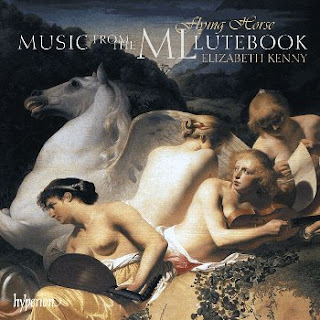Search This Blog
Early music and more by Edward Breen
Where possible, review entries are linked to their original publication.
Posts
Showing posts from September, 2009
Flying Horse: Music from the ML Lutebook
- Get link
- X
- Other Apps
Henry Purcell: The Complete Ayres for the Theatre
- Get link
- X
- Other Apps

